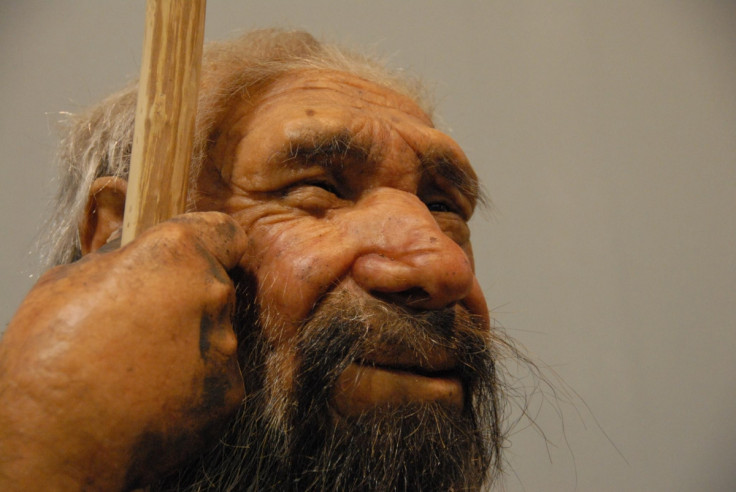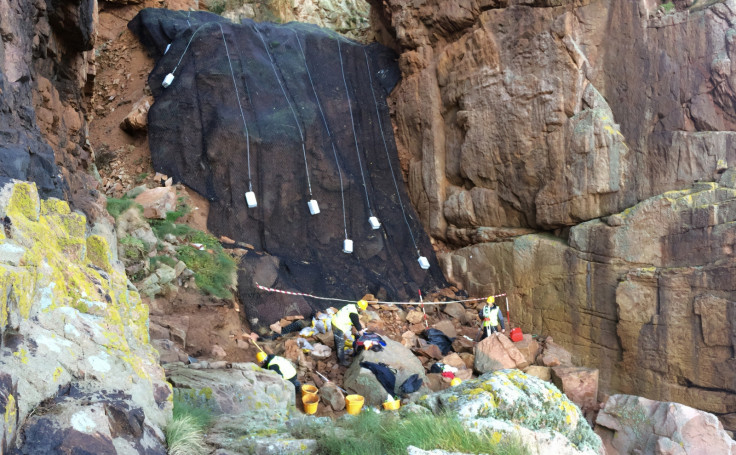Where did the Neanderthal go on holiday? Jersey
Archaeologist says coastal cave on the island appears to have been a 'special place' for our extinct relatives.

Jersey appears to have been a "special place" for Neanderthals, with the species revisiting the island time and time again for over 200,000 years. Excavations at La Cotte de St Brelade, on the south of the island, show how Neanderthal populations came back to a coastal cave from 240,000 years ago up until 40,000 years ago – when they went extinct.
It is thought Jersey may have served as a point of reference along the coastal plain that makes up the rest of the surrounding landscape. Over time, Neanderthals may have learned that the cave offered refuge as they made their way along the cold and open route that existed between France and the UK at the time.
Scientists led by Andy Shaw, of the University of Southampton, looked at artefacts and mammoth bones excavated from the granite cliffs at La Cotte in the 1970s. Scientists were able to show artefacts and the processing of bones throughout the sediments of the site.
They matched types of stones to the geology of the sea bed, looking at how they were made and modified over time. This allowed the team to build up a map of how Neanderthals were travelling around over the course of 100,000 years. Their findings, published in the journal Antiquity, show "a long sequence of occupation".

Neanderthals appear to have kept returning to the site – despite a vastly changing climate that would have significantly altered the landscape. During Ice Ages, they went to Jersey across the frozen landscape. When it warmed up, they would travel across the coastal plain that is now the English Channel.
"The continued use of the site by Neanderthals throughout an extended period of changing climate and environment reveals how, despite changes in the types of behaviour recorded at the site, La Cotte emerged as a persistent place in the memory and landscape of its early hominin inhabitants," the team wrote.
"The site's status as a persistent place for these people suggests a level of social and cognitive development permitting reference to and knowledge of places distant in time and space as long ago as at least MIS 7 [244,000 years ago]."

Shaw said: "La Cotte seems to have been a special place for Neanderthals. They kept making deliberate journeys to reach the site over many, many generations. We can use the stone tools they left behind to map how they were moving through landscapes, which are now beneath the English Channel. 180,000 years ago, as ice caps expanded and temperatures plummeted, they would have been exploiting a huge offshore area, inaccessible to us today."
Beccy Scott, of the British Museum, added: "We're really interested in how this site became 'persistent' in the minds of early Neanderthals. You can almost see hints of early mapping in the way they are travelling to it again and again, or certainly an understanding of their geography. But specifically what drew them to Jersey so often is harder to tease out.
"It might have been that the whole Island was highly visible from a long way off – like a waymarker – or people might have remembered that shelter could be found there, and passed that knowledge on."
© Copyright IBTimes 2024. All rights reserved.






